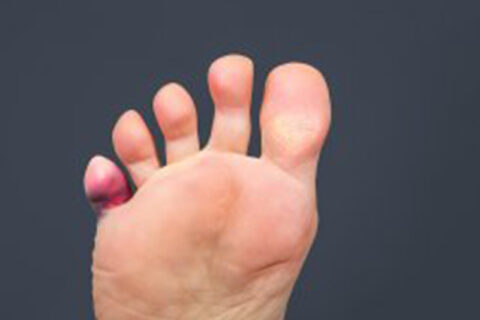Category: Podiatrist
If you think you’ve sprained your ankle, you should visit a podiatrist or foot and ankle specialist near you for a diagnosis. The symptoms for of…
If you have diabetes, it is important to have a podiatrist in Sugar Land who can attend to your specific foot health needs. This video explains why…
Do you suffer from hammertoes? This condition can cause the muscles and connective tissues in the toes to contract, making the toes bend at a…

